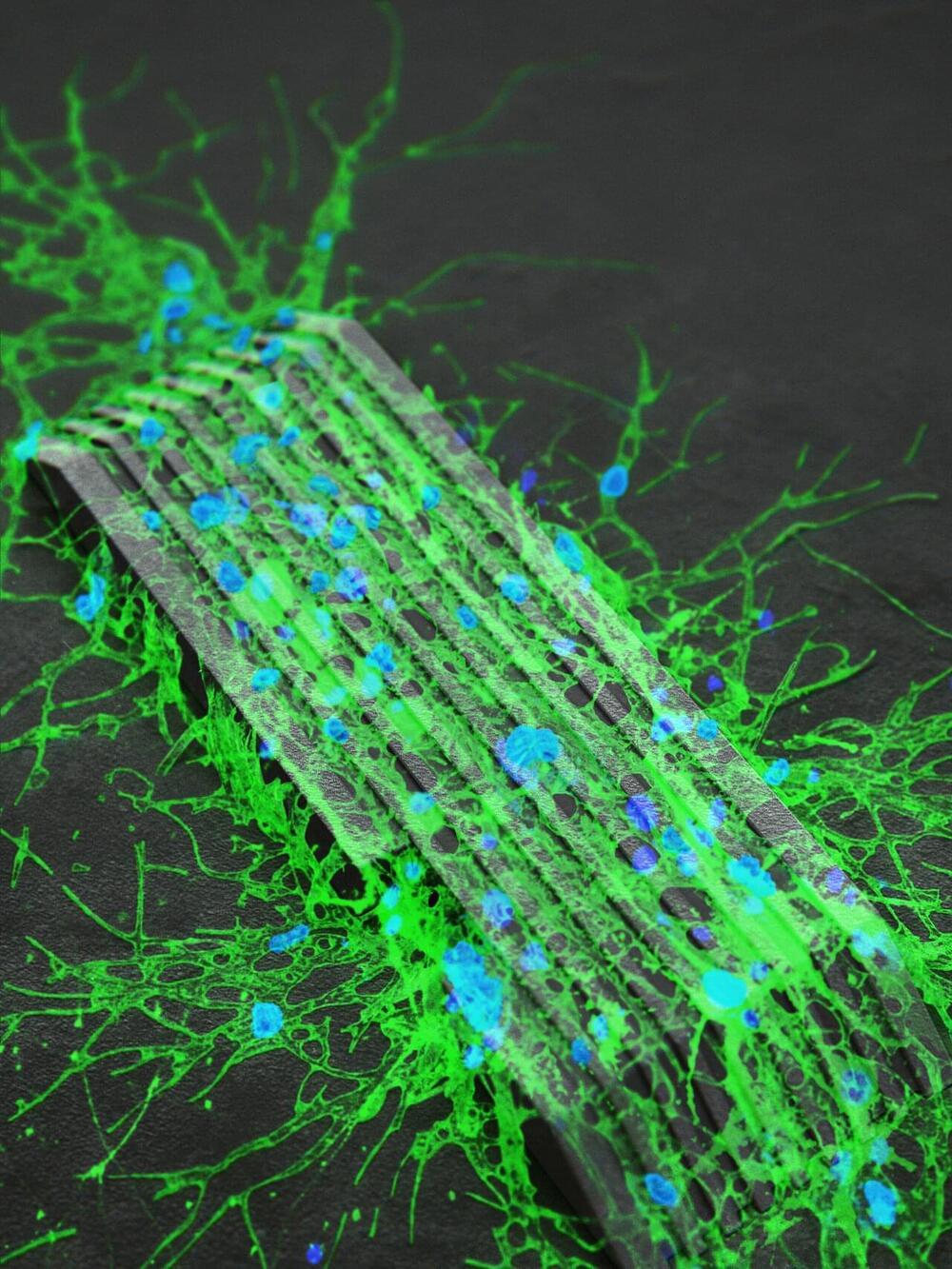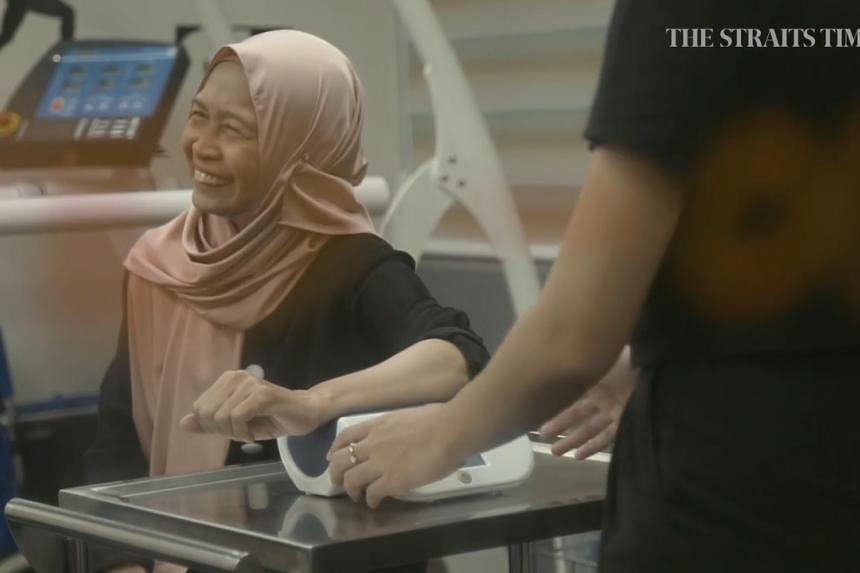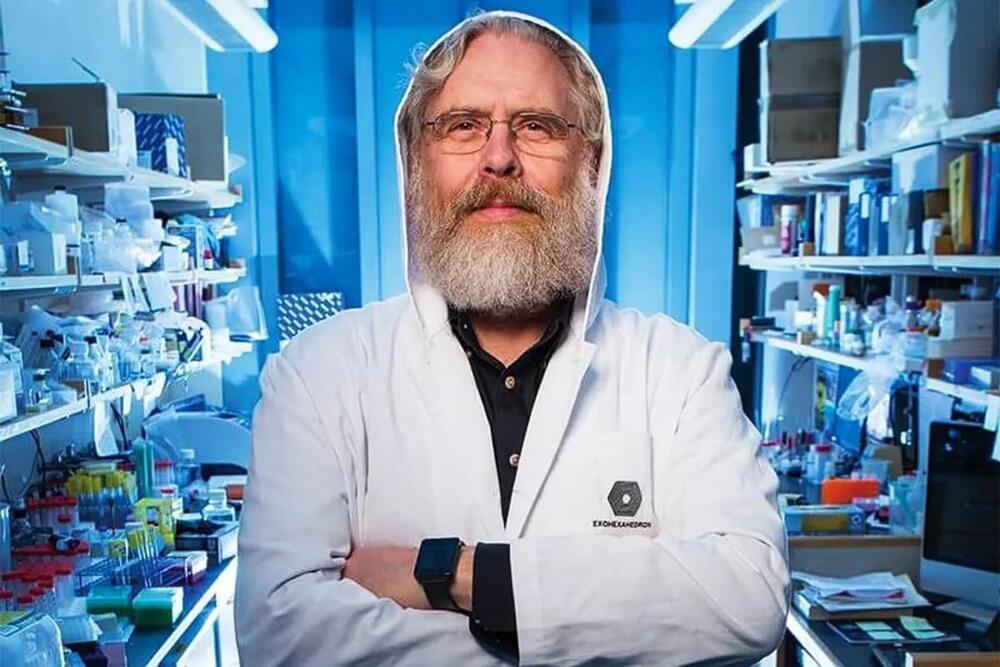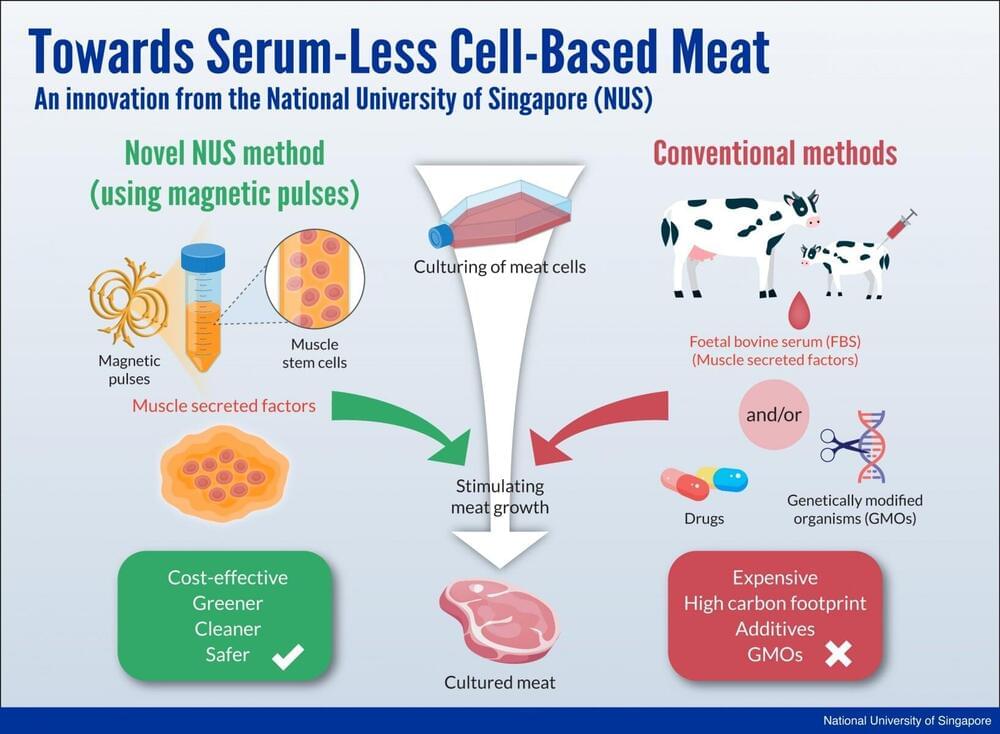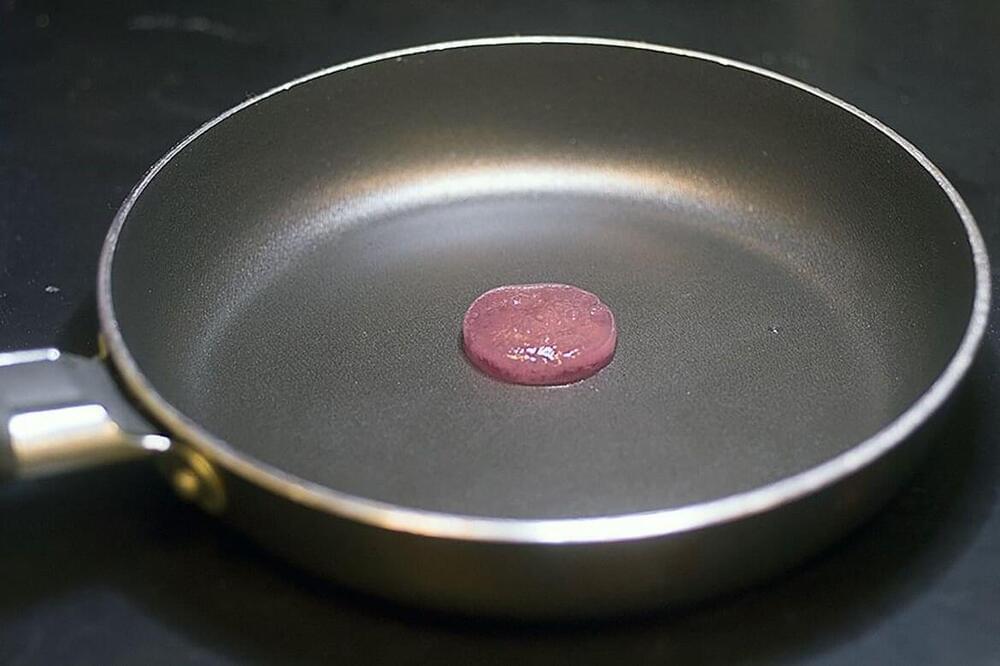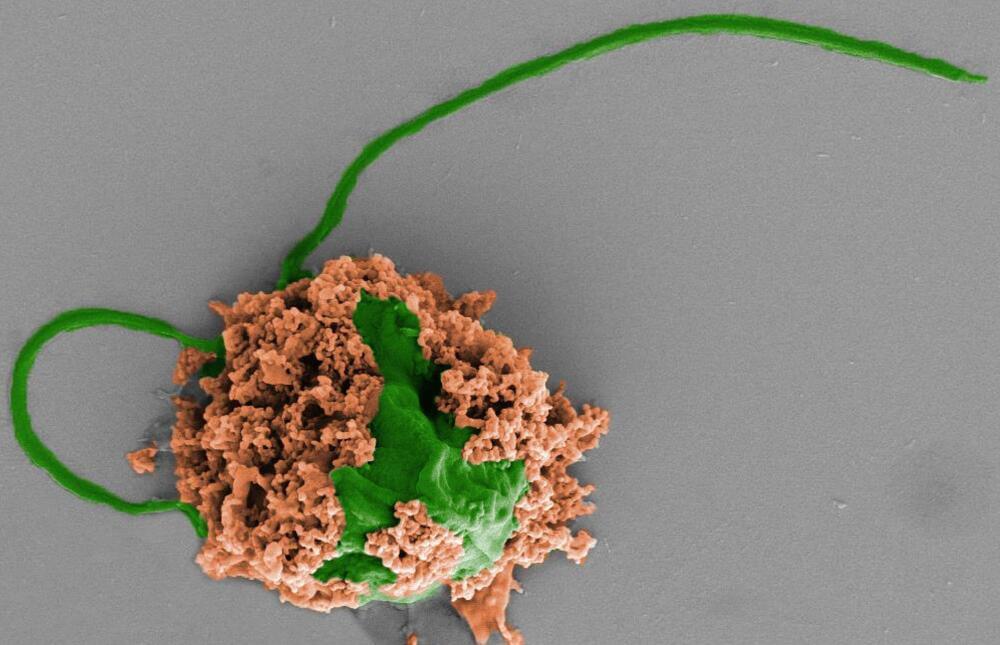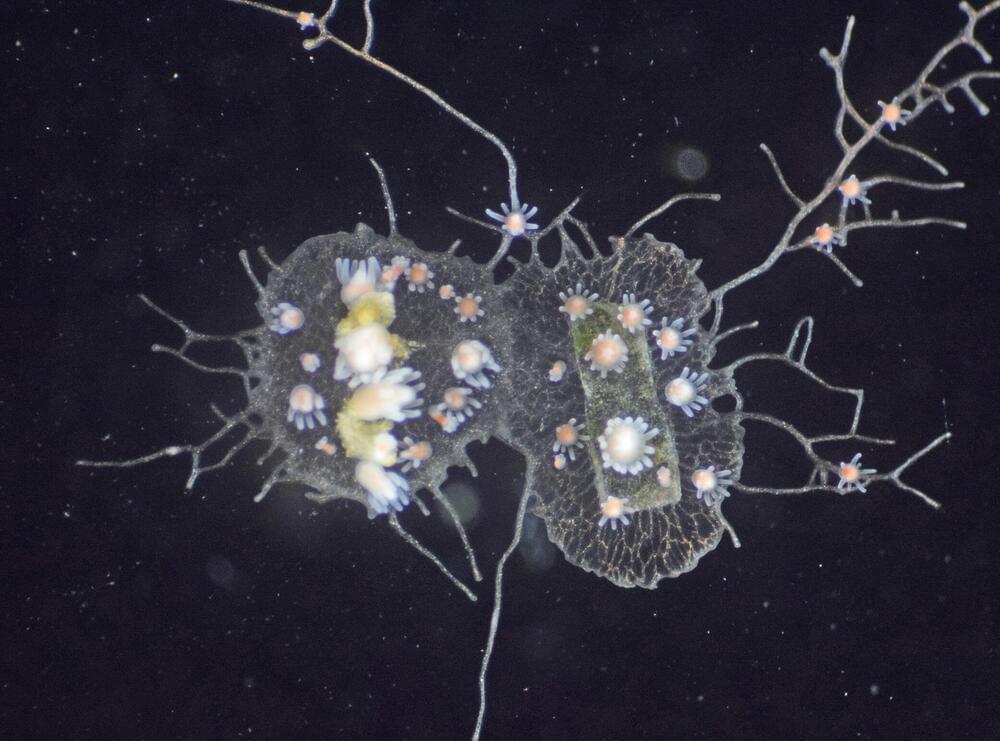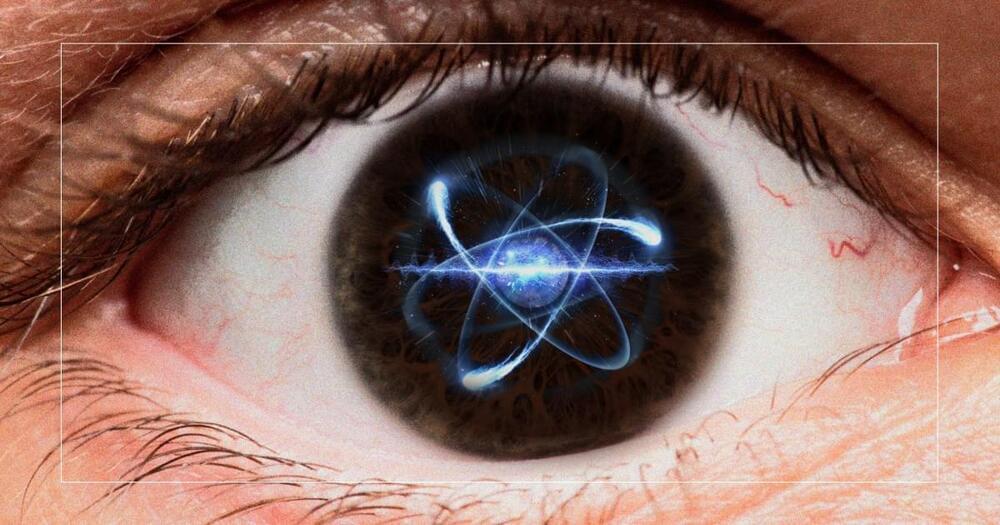Sep 27, 2022
Microrobots used to build bridge between rat nerve cell networks
Posted by Dan Breeden in category: robotics/AI
One day they shall make nano bots out of graphine.
A team of researchers affiliated with several institutions in South Korea has created microrobots that are able to serve as bridge builders between rat nerve cell networks. In their paper published in the journal Science Advances, the group describes how their microrobots were constructed and how well they served as a bridge builder between neural networks.
Scientists have taken many approaches to study of the brain. One way is to try to grow a brain from nerve cells. Prior work has shown that it is possible to grow a network of neural cells on a glass plate Such a network is, of course, 2-D. In this new effort, the researchers have taken a step toward the creation of a 3D neural network by devising a way to connect 2-D neural networks using microrobots.
Continue reading “Microrobots used to build bridge between rat nerve cell networks” »
